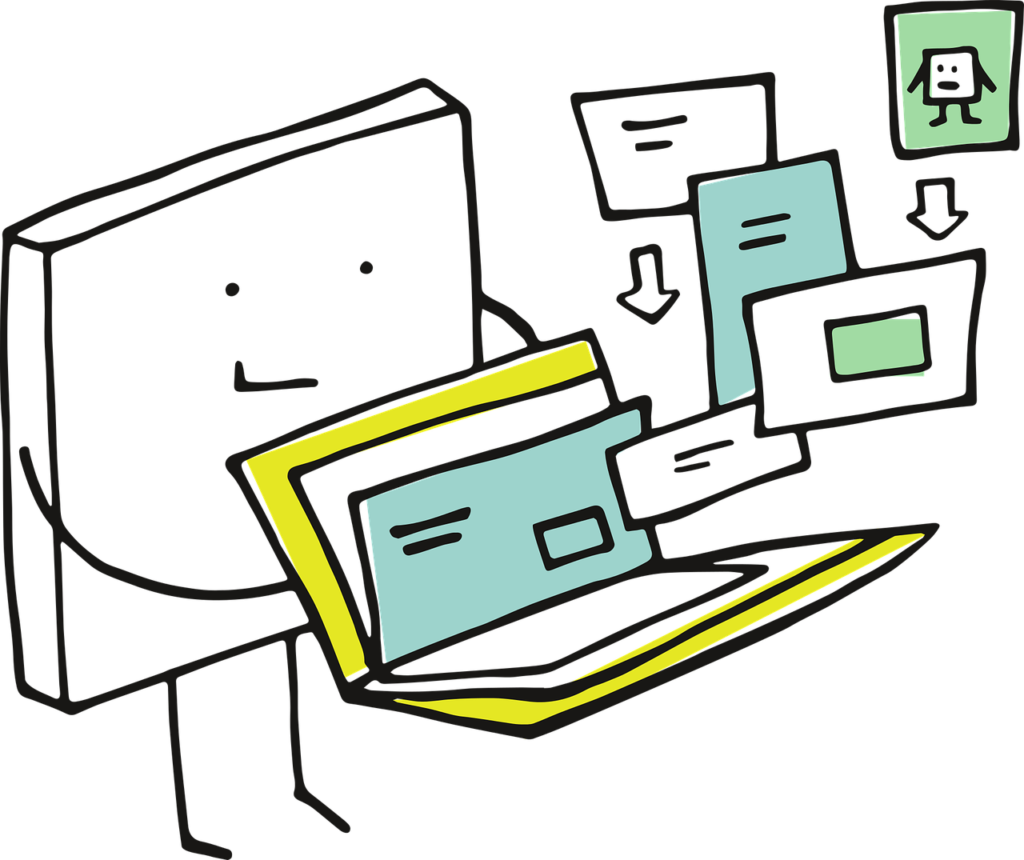When you are just starting your creative career, building a design portfolio is one daunting task. With sunny platforms and an indefinite way of putting things on display, it gets really confusing. Which projects should you include? Where to display your portfolio? How do you make it appealing to people, clients, or employers?

In this post, we’ll be walking you through some of the top platforms in the creative industry for showing off your work, plus tips and tricks on how to maximize those platforms while building your standout portfolio. We’re with you if you’re only starting out or tinkering with your current portfolio!
Choosing Platforms for Your Work
So before we go into building portfolios, we would rather address the area of showcasing one’s work. Indeed, an online presence is one of the important things to be consideration in a heterogeneous digital world today. Your portfolio not only flaunts your works but also gives a glimpse behind the scenes of your creative process and personality to any prospective clients, collaborators, or employers.
There are many ways to build an online portfolio, but I would recommend a personal website quite easily created at least through Adobe Portfolio, Squarespace, or Wix-to get that online exposure. Such sites give you an opportunity to create a stylish, professional website without showing too much technical prowess. This is the place where all your work exists; it organizes it very well for anyone who could be interested.
A personal website should also be taken as a medium for showing your portfolio. It’s also advisable to feature your portfolio on social portfolio sites. Behance and Dribbble are among very good creative sites for building networks and finding spaces. There is no need to exist on every platform; find those which are in synch with your style and objectives. For instance, Behance is more ideal for showcasing larger projects compared to Dribbble, which is for snap shots into your designs.
Glimpses into Portfolios with Impact
Now that you know where to publish your work, make it count – how to display your work actually counts toward the idea. A portfolio isn’t a random melting of past projects. It is a carefully selected exhibition of strengths most recently gathered and tells a story about the designer. Here are some tips for constructing an impactful portfolio.
Exhibit the Maximal Out Highlights of Your Portfolio
Of all your projects, 12-15 of the most recent and strongest should constitute your portfolio.
You should keep it focused for the audience to get a clearer idea of your skills and range. For instance, if you are showcasing your portfolio on sites such as Behance or Dribbble, you can showcase more works, but everything should be orderly and easy to navigate. The important thing is to showcase everything coherently and feel intentional about it.
Properly Organize Your Projects
Ensure easy navigation through your portfolio. Classify your projects in the most logical way; perhaps the client, style or project type. The visitors should be able to find what they are looking for quickly and easily, so clear labeling and sections need to be organized. An intuitive composition quite works wonders when anyone would be perusing your work.
Quality Over Quantity
One of the worst things designers do is bombard their audiences with too much work. Focus instead on a small number of projects that really shine for your skills. Spend time presenting these with the best possible mockups, before-and-after shots, or process images. Present your work in the way you would for a viewing by possible clients or employers, not as a random collection of your past ones.
Bright and Sparkling Images
The best presentation! Every picture needs to be built and be in pixel-perfect resolution with a good lighting facility. Bad pixelation or blurriness can ruin much, and it is worthwhile to check the quality of your visuals before uploading them. Use even demo mockups like posters or business cards as if they were real places where your designs can be used. That proves you’re thinking your work beyond the computer.
Provide Context and Process
Don’t just show the finished product, but put it into context around the project: the brief, the problem being solved, or the story that inspired the design. If it was a personal project or a fictional idea, explain your reason for its creation. What inspired you? Make sure that if many rounds of the design process are shown, there are also early sketches or works in progress. It could be as if one’s own developing minds were released from the formless to taking shape, thus encouraging the subject of the flow to understand your ways of developing ideas and finally learning or working through problem-solving techniques.
Perhaps Show the Design Process
People simply love it when you are able to show them the evolution of a project, so hide nothing and let them see drafts, sketches, brainstorming, whatever you can to show them the entire progress. It helps tell the story of the design process and shows creativity and adaptability. Besides, being behind-the-scenes will help make the entire picture much more authentic and relatable to the reader.
Show The Work In Context
If applicable, show your work in context with real-world applications. For example, if you are showcasing branding work, show it in context with stationery, business cards, even billboards. In the case of website design, show screenshots captured from various devices. Such mockups help potential clients or employers see how your designs would function in different settings.
Give Your Portfolio Some Personality
Your portfolio should represent your own brand. If it feels right, play up your personality on the website; this goes with your work style. You want the work itself to do the talking, but feel free to intersperse personal flair. From colors and layouts to writing style in your descriptions, ensure that your portfolio communicates who you are as a designer.
To Conclude: Let the Portfolio Be a Reflection of Your Growth
Your portfolio should be just that-an impression of your creative style, and it should change with the growth of your career. If the portfolio you have created looks dated or does not reflect your current skills, get on to updating it before applying for positions or pitching to clients. Your portfolio is not meant to be a stagnant piece-it is a document where you can showcase only the best work, beauty, and growth as a designer.
Considering these tips, you’ll be on your way toward creating a design portfolio that will catch the eye of potential clients, employers, and collaborators. If you enjoyed these tips, check out our other posts on self-branding and CV design to keep elevating your creative career!



